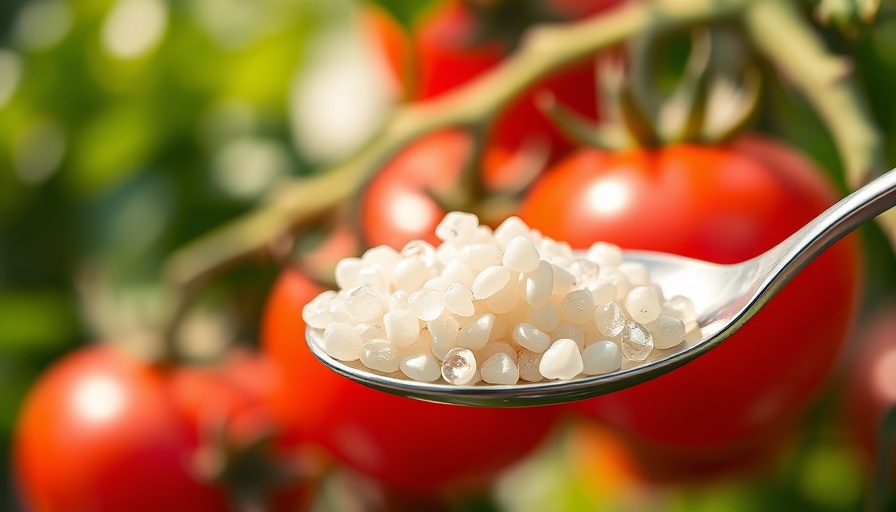
Maximizing Tiny Gardens: Embrace Creativity with Smart Design
As urban living continues to thrive, small space gardening is becoming increasingly vital. The reality of city life calls for maximizing every inch of our homes, and our gardens—a precious retreat—should reflect our aspirations for livability, style, and sustainability. Navigating the challenges posed by the harsh Australian sun is an essential step in achieving a flourishing garden, especially in confined spaces.
In '8 Genius Ideas for Tiny Gardens 🌿 | Great Home Ideas', the discussion dives into small space gardening strategies, exploring key insights that sparked deeper analysis on our end.
Innovative Shade Structures for Small Spaces
Every garden needs its guardian—the shade structure. During a review of a captivating courtyard transformation, it was evident that a well-designed shade can elevate a small space from barren to breathtaking. By incorporating stylish timber into your design, you not only protect your plants but also create an architectural feature that enhances the overall aesthetic. Think minimalistic with treated pine, giving your garden that warm, upscale feel, without the hefty price tag.
The Allure of Raised Garden Beds
Raised garden beds are a gardener’s best friend, especially when floor space is limited. These features not only beautify your garden but improve soil health by providing depth for roots and enhancing drainage. Imagine a combination of colorful vegetables, herbs, and ornamental plants, all thriving together in a well-planned raised garden bed. This approach is a wonderful way to cultivate family bonding over gardening, encouraging kids and adults alike to help care for their edible garden.
Sustainable Techniques to Enhance Garden Maintenance
Opting for sustainable gardening techniques can significantly reduce the workload in managing a small garden. Consider integrating drip irrigation systems to ensure a consistent watering schedule. This practice is not only economical, conserving precious resources, but it also provides just the right moisture level to your plants. Furthermore, embracing composting not only nourishes your plants but also promotes a healthy ecosystem in your garden.
Plant Selection: Choosing the Right Vegetables and Flowers
Planting the right flowers and vegetables enhances not only the visual appeal of your garden but also its productivity. Lightweight plants like drought-tolerant succulents can flourish against a backdrop of vibrant vegetables. For instance, pairing a sturdy crepe myrtle or feature agave with a flowering edible garden creates a remarkable visual spectacle while maintaining the garden’s sustainability. This blend of aesthetics and functionality ensures a thriving environment.
Clever Landscape Ideas That Transform the Nightlife
As the sun sets, the ambiance of your tiny garden can evolve dramatically with thoughtful garden lighting. Luminous features bring your garden alive after dark, transforming it into a nocturnal paradise perfect for gatherings. Strategically juxtaposed lighting can create silhouettes of your favorite foliage while showcasing the beauty of your garden during the night, encouraging daily use and enjoyment.
DIY Ideas: Implementing Garden Decor
Adding personal touches such as homemade garden decor can significantly enhance the charm of your space. Incorporate recycled materials—think painted gates or upcycled planters that tell a story of renewal. Even mini decorations like garden gnomes introduce whimsy while maintaining engagement. Moreover, engaging your family in these projects not only fosters creativity but also builds profound memories.
Conclusion: Your Small Garden Deserves Big Dreams
Small gardens bear immense potential and can be transformed into verdant retreats with the right insights and inspirations. By adopting new garden design techniques and realizing the beauty of combining aesthetics with functionality, anyone can reclaim their tiny backyard or courtyard as a rich and vibrant oasis. With thoughtful planning and a little imagination, even the tightest of spaces can flourish into luxurious green havens—your very own slice of paradise.
 Add Row
Add Row  Add
Add 




Write A Comment